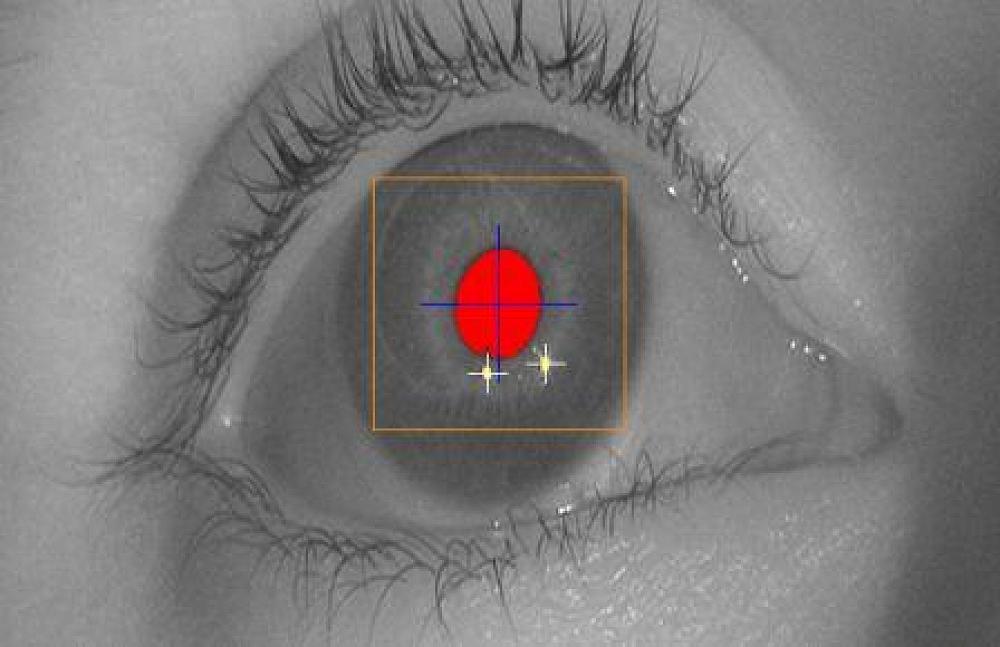
Developing low-cost accessibility software
Modern technologically driven societies rely on information technology for almost everything: social interaction, work, entertainment, education, and banking for example. This means that people who are unable to use a mouse or keyboard are severely limited in their ability to engage with society. This affects people with a range of conditions including motor neuron disease, a spinal cord injury, some congenital conditions, severed limbs, or stroke.
Because severe motor disability affects only a small minority of people, the high costs of developing solutions for them cannot be distributed amongst a large customer-base. Existing accessibility software solutions are therefore expensive, and many are also not user-friendly. David Rozado's vision is to provide low-cost user-friendly accessibility software for this small but high-needs group.
Under David's guidance, teams of third year Bachelor of Information Technology students have been working on four separate solutions. One of these is Windows Gaze Control to give motor impaired computer users complete control of a Microsoft Windows desktop computer by using only their eye movements. The control system uses a Tobii eyeX eye tracker, costing only about $100, to track the position of the computer user's head and eyes to determine where the user is looking on the computer screen. Icons on a toolbar are activated by gazing at them.
Development on these projects is continuing, and the accessibility software is open source to allow other software developers to make improvements also. For more information about the projects and to access the software, please click here.

